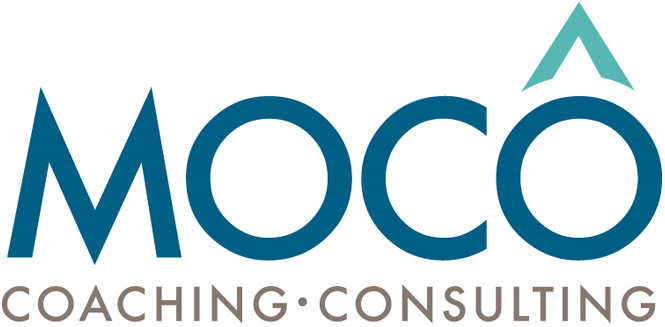Leading creative and innovative teams requires a delicate balance of structure and freedom, trust and challenge. After years of working with diverse teams across multiple industries, I've learned that the most powerful innovation doesn't come from rigid processes, but from creating an environment where people feel genuinely empowered to explore, experiment, and occasionally fail. The following principles are born from real-world experiences – practical insights that transform good teams into extraordinary ones, turning creative potential into breakthrough results.
Here is a summary of what most leaders have discovered!
1. Psychological Safety
Create an environment where team members feel safe to:
Share wild ideas without fear of ridicule
Admit mistakes
Take calculated risks
Experiment without punishment
Encourage divergent thinking
Celebrate attempts, not just successes
2. Structured Creativity
Implement frameworks that balance creativity with execution
Use methodologies like:
Design thinking
Sprint methodology
Agile innovation processes
Provide clear objectives while leaving room for exploration
Create "innovation time" where team can explore without direct deliverable pressure
3. Diverse Team Composition
Build teams with:
Different backgrounds
Varied skill sets
Complementary thinking styles
Encourage cross-pollination of ideas
Break down departmental silos
Value cognitive diversity over demographic diversity
4. Leadership Behaviors
Be a "multiplier" not a "diminisher"
Ask provocative questions
Challenge assumptions
Remove barriers
Provide resources and support
Trust team's capabilities
Give credit publicly, take responsibility privately
5. Motivation Strategies
Intrinsic motivation drivers:
Autonomy
Mastery
Purpose
Create meaningful connections to larger organizational goals
Provide opportunities for personal and professional growth
Recognize and reward creative problem-solving
6. Communication Approach
Transparent about:
Vision
Constraints
Expectations
Practice active listening
Create multiple channels for idea sharing
Host regular brainstorming sessions
Encourage respectful debate
7. Failure as Learning
Reframe failure as:
Valuable data
Learning opportunity
Necessary part of innovation
Conduct "failure reviews" instead of blame sessions
Extract insights from unsuccessful attempts
Develop resilience in the team
8. Technology and Tools
Provide:
Collaborative technology
Prototyping resources
Experimental platforms
Remove technical barriers to creativity
Stay current with innovation tools
9. Continuous Learning
Encourage:
External conference attendance
Cross-training
Skill development
Reading/research time
Create learning budgets
Support continuous education
10. Balanced Metrics
Measure beyond traditional KPIs:
Idea generation rate
Experiment velocity
Learning agility
Collaborative index
Create holistic performance assessment
Practical Implementation:
Weekly open innovation forums
Rotating team leadership for projects
External speaker/inspiration sessions
Cross-functional project teams
Crucial Leadership Mindset:
See your role as creating conditions for brilliance
Be curious
Stay humble
Continuously learn
Protect and nurture creative energy
